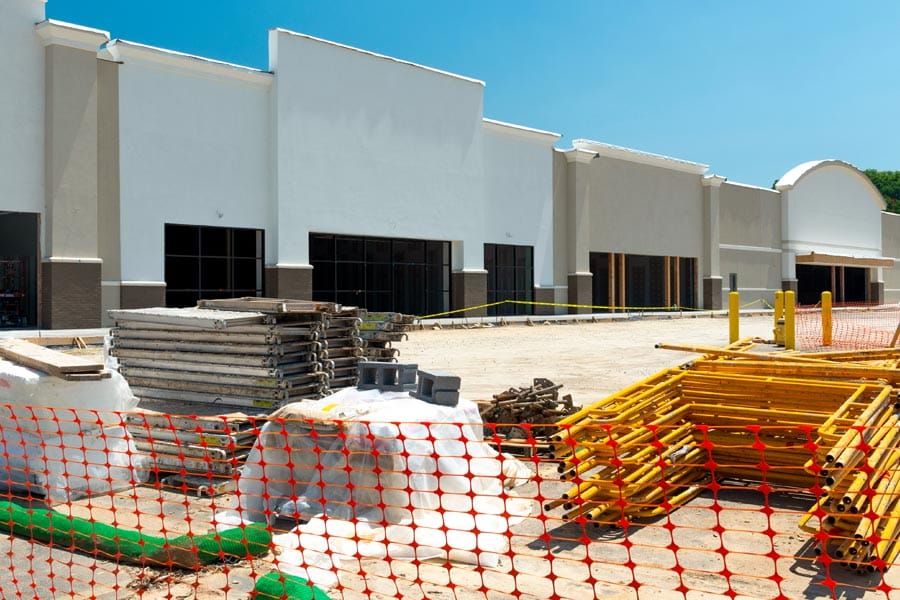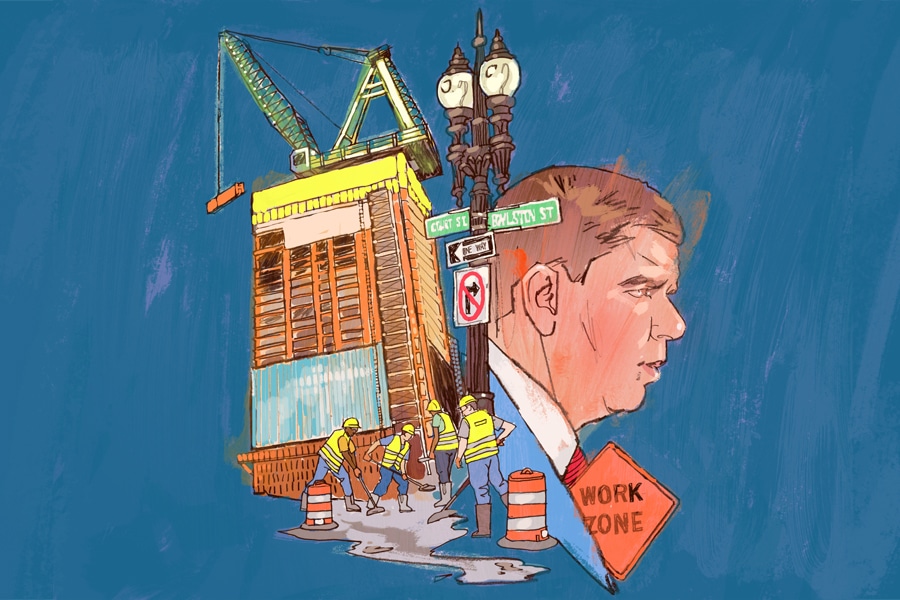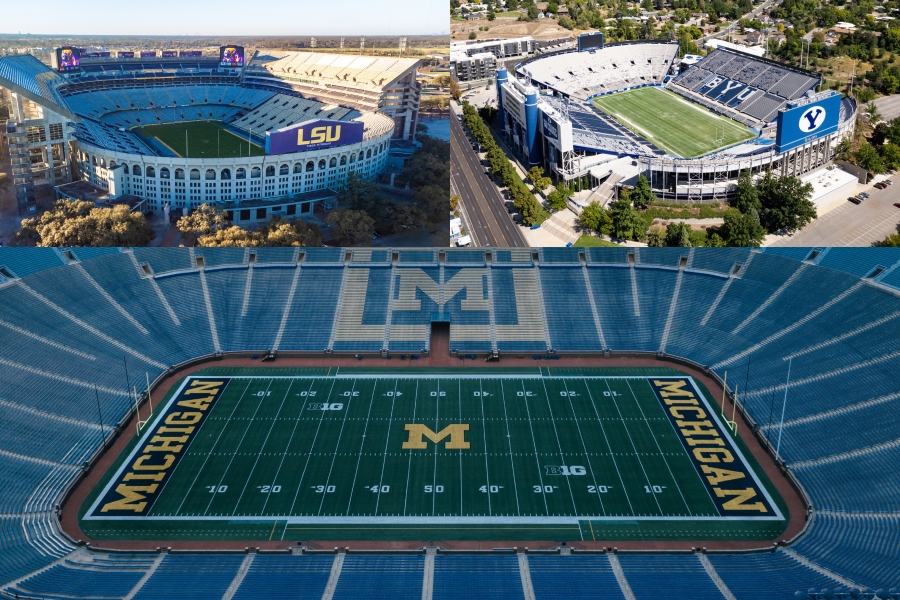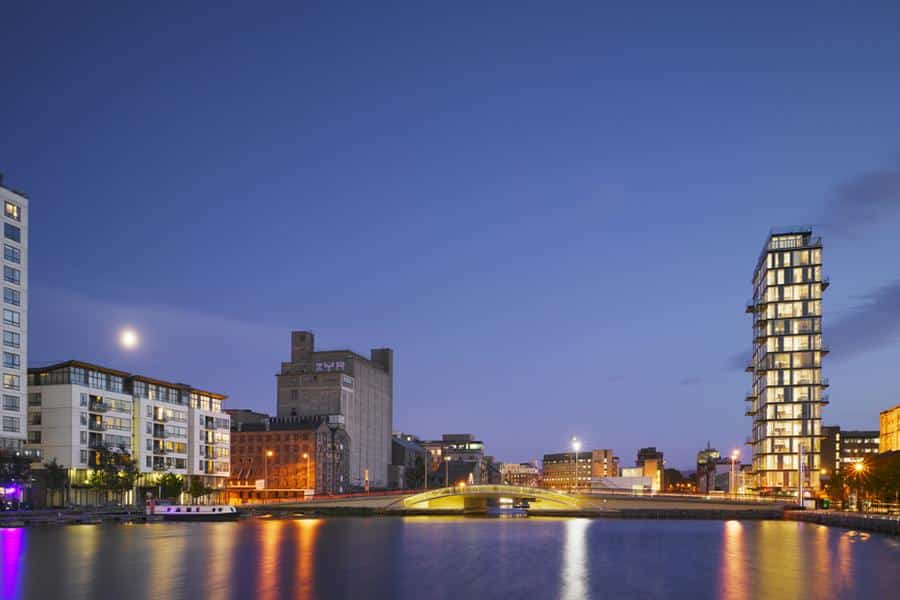It’s no secret that the concept and profitability of the shopping mall is on the decline.
For years, observers have pronounced that malls are dying. The once-prosperous sector of the retail economy slowly fell out of favor as standalone competitors such as Walmart and Target grew and the rise of e-commerce put increasing economic pressure on malls.
But with this decline comes a potential new opportunity—in the form of an increasing number of so-called “dead malls,” half abandoned retail spaces whose futures are still undecided. How should the construction industry respond?
For Nick A. Egelanian, founder and president of retail real estate development and construction consulting firm Siteworks, the history of the mall provides a fascinating glimpse into the economic realities of retail construction, along with a hint of what the future might bring.
A history of decline
In many ways, the history of the mall concept provides a glimpse into the realities of American life.
Many tend to think that the decline of the mall began fairly recently—spurred by the growth of e-commerce and a series of economic downturns, including the recent recession brought on by the COVID-19 pandemic. However, according to Egelanian, the decline of the mall began much earlier.
“By 2001, retail sales in the country for the category known as department stores had been already declining for 20 years,” Egelanian said. “That means those declines went all the way back to 1980. The Census Department market share curve showed almost a straight 45 degree curve downwards in department store sales, which were the bellwether in the mall business.”
[READ MORE: What Construction Might Look Like Post-Pandemic]
The reason Egelanian believes it took so long for the retail market to pick up on this trend was a series of intervening downturns that masked the declining performance of malls.
“The decline wasn’t necessarily that perceptible,” Egelanian said, “because it happened in fits and spurts. If there was an economic downturn, sales would fall more than at other times, but people would attribute it to the downturn. They weren’t seeing that there was a systemic change going on.”
Egelanian knew that the decline of malls meant there would be a big opportunity on the horizon. But he was also aware that there was a considerable amount of red tape that would prevent developers from taking advantage of it, complicating the prospect of construction to convert the properties for other uses.
Who owns the malls?
To the casual observer, it would seem that a mall must function as a structure like any other. It’s assumed there is a single owner that the stores pay rent to—similarly to how people pay rent or mortgage payments every month. But according to Egelanian, the reality of the systems of debt and ownership that enable malls to function is more complex.
One of the reasons for this is a mall’s high cost to operate. “The cost structure of operating in a mall is dramatically higher than the cost of operating in a standalone building like Walmart or Target,” Egelanian said. “You have to build and maintain a huge parking lot; you have to create a security infrastructure with guards and surveillance; you have to maintain temperature and climate in an indoor setting. … You’re basically running a small city within a very specific and very durable building.”
Because of these high costs, mall construction was typically funded by an arcane network of financial and ownership obligations. “When these malls were built, they thought they would be there forever,” Egelanian said. “Because of that, they were created in a way that made them very durable, very difficult to undo.”
A mall isn’t owned by just one entity, Egelanian explained. “A typical mall has as many as six or seven owners,” he said. “Each department store might own its real estate pad or it might be owned by anyone else that they’ve sold it to. The actual shopping center owner only owns all the space between them. The common space is owned by the mall developer, like Macerich or Simon, or a real estate investment trust.”
The entangled ownership structures of these properties mean even the process of beginning construction on a mall conversion requires buy in from a large group of stakeholders, who may all have varying interests and ideas about the property’s future. “There’s reciprocal easement between owners that dictates you can’t do anything without getting permission from everyone,” Egelanian said.
Reclaiming prime real estate
Egelanian believes that a small percentage of mall properties will continue to be reused for new kinds of retail. “In a small percentage of the cases … some of the centers are kind of repurposed in place.” These conversions are more haphazard than intentional, Egelanian said, resulting in “the shell of the mall with a bunch of batch retailers facing out of the mall, and the inside of the mall just doesn’t function really.”
Egelanian compares these kinds of conversions to a body whose heart has stopped beating.
For the vast majority of mall properties, the most profitable way forward will be a total demolition and reuse of the land. “The land is incredibly valuable, because these malls were generally built in extremely good locations, with extremely good access to highways,” Egelanian said. “They also generate a lot of tax revenues, so cities care a lot about what happens to them.”
Egelanian anticipates that malls might be adapted and torn down on an as-needed basis over the next 15 years, depending on the needs of individual jurisdictions.
“Some of these properties will become residential, but residential is a net tax user, and most of these properties were net tax generators,” Egelanian said. “Housing is the part of a community that actually costs the government money, and retail is the part that actually makes the government money. So communities may be more interested in converting them to public use, such as a transit center, a new stadium or a new park. Some of these will become employment centers for attracting companies like Intel or Amazon.”
Whatever the future holds for American malls, Egelanian anticipates that they will become a rarer sight in the world’s urban and suburban landscape. “In 1955 to 1985 or 1990, we built about 3,000 malls,” Egelanian said. “I think when it’s all said and done, there will be probably about 125 mall structures 15 years from now.”












